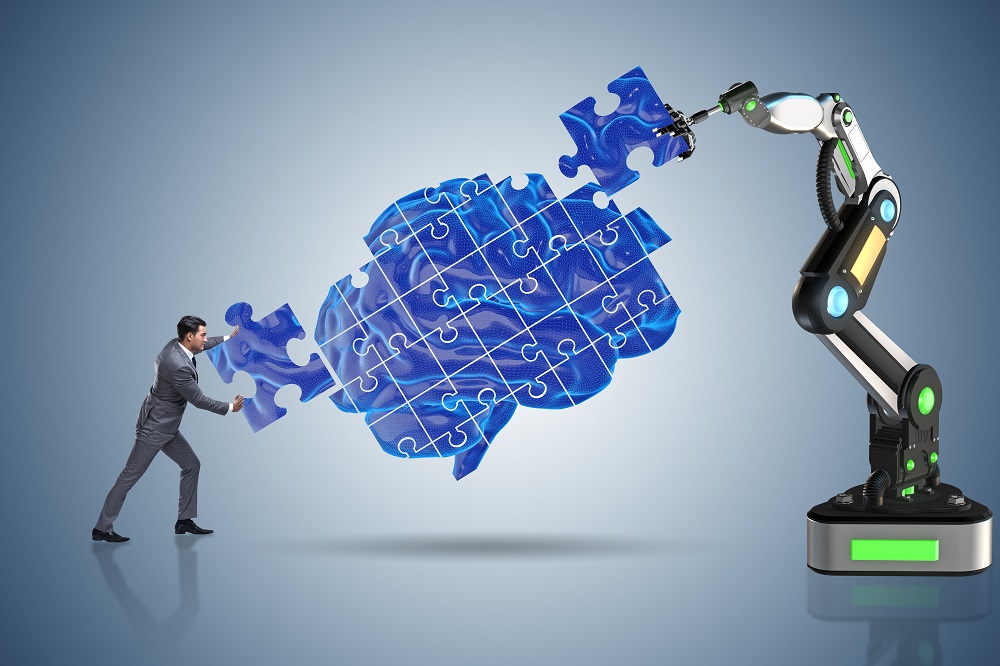If you haven’t heard of machine learning and artificial intelligence, you’re not alone. Both concepts are still very new, and even those who have been working with them for years are constantly learning new things about them. So what is machine learning? According to the Merriam-Webster Dictionary, it is “a method of training a computer to make decisions based on past data.” In other words, it’s a way for computers to learn on their own, without being explicitly programmed.
Artificial intelligence is similar in that it strives to create systems that can “understand complex problems or situations by using natural language processing and computer vision.” Essentially, this means that AI can understand human language and images—thus making it easier for machines to interact with humans.
Both machine learning and artificial intelligence are burgeoning fields with a lot of potential, but they are also still in their early stages. So if you’re thinking of jumping into either of these fields, be prepared to learn a lot—and maybe even change your career altogether.
What is Machine Learning?
Machine learning is a subset of artificial intelligence that uses algorithms to “learn” how to perform specific tasks by observing data. It can be used to improve the accuracy of predictions made by AI applications, such as Google Now and Amazon’s Alexa.
There are a variety of applications for machine learning, including diagnostics, optimizing marketing campaigns, predicting consumer behavior and more. The potential uses for machine learning are endless and its impact on society is still being determined. While it has been around for a while, there is still much to learn about how it works and how we can use it best.
What is Artificial Intelligence?
Artificial intelligence has been defined in many ways, but generally speaking it refers to the ability of machines to behave intelligently. This could involve anything from understanding natural language to performing sophisticated mathematical operations.
Machine learning is a subfield of artificial intelligence that involves teaching computers how to learn from data without being explicitly programmed. This is done by using techniques like reinforcement learning and neural networks.
Some people believe that artificial intelligence and machine learning are two different things, while others think they are both part of the same thing. It’s ultimately up to the individual as to what they mean when they use the term ‘AI’.
How are they similar?
Machine learning and artificial intelligence are related in that they are both forms of machine learning. Machine learning is a subset of artificial intelligence, which is itself a subset of computer science. Machine learning is based on the idea that given enough data, computers can learn to do things on their own, without being specifically programmed for that task. In other words, it’s about teaching computers to “figure it out” themselves.
The two fields share some commonalities, though there are also important differences. For example, machine learning algorithms are often based on linear regression or neural networks, while artificial intelligence algorithms rely more heavily on fuzzy logic and Bayesian inference. Another key difference between the two is that machine learning focuses largely on predictive modeling, while artificial intelligence is more focused on problem-solving and understanding natural language.
How are they different?
Machine learning and artificial intelligence are different in many ways. Machine learning is a method of automating the process of learning from data. Artificial intelligence is a field of study that aims to create intelligent agents, which are systems that can Reason, Think, and Learn.
Another major difference between machine learning and artificial intelligence is that machine learning is focused on building models or algorithms to learn from data automatically. Artificial intelligence, on the other hand, focuses on creating intelligent agents that can reason, think and learn on their own. Finally, machine learning typically uses pre-existing models or algorithms to solve problems while artificial intelligence tries to create completely new models or algorithms from scratch.
What applications do they have?
Machine learning and artificial intelligence are both fields of study that involve using computers to “learn” from data. This can be done in a number of ways, but the basic idea is that computers can be taught to recognize patterns in their environment and make predictions about future events based on those patterns.
One application of machine learning is in predicting the behavior of large populations of data. For example, Google uses machine learning to predict what people are likely to search for next. The same technology is also being used by Facebook to predict what posts people will want to see next.
Artificial intelligence involves building machines that can think like humans. Some common tasks that AI machines can now perform include identifying images, understanding natural language, and making decisions under pressure.
Conclusion
The answer to this question is not simple, as there are many different types of machine learning and artificial intelligence. However, at their core, these technologies aim to make it easier for computers to learn from data without being explicitly programmed. As such, they have the potential to revolutionize a variety of fields, including healthcare and finance. So while the exact similarities and differences between these two technologies may be difficult to define, understanding their potential implications is essential if we want them to help us achieve our goals in life.





